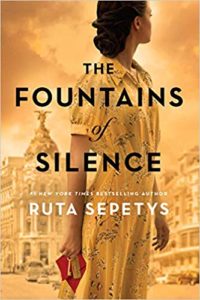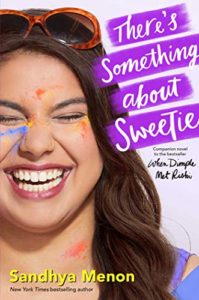At 10 PM my time, the stunning conclusion to Marie Lu’s Legend tetralogy, Rebel, came out. I stayed up all night to read it, and I wasn’t disappointed.
This review contains spoilers for the rest of the series.
When we last left Day and June, it was July 11, 2142. It had been ten years since Daniel (going by Day at the time) had nearly died and woke up with amnesia. After ten years living in Ross City, Antarctica, Eden was interviewing for an internship back in the Republic. At a train station, Daniel “met” June for the second time.
Rebel starts a month later. Daniel and June hadn’t talked much since that night, but June and the elector were going to visit Ross City. Despite their years apart and the amnesia thing, deep down, Daniel never stopped loving June. But are they too different now?
Eden
Rebel begins with Eden. I just want to give him a hug. He’s been living in his brother’s shadow his whole life. He’s hella smart, and shares the Wing boys’ compassion for the little guy. Even though Antarctica’s gamified level system is supposed to create a meritocracy, the way it’s implemented is unfair. Eden is bothered by this and is drawn to the dark side. Is he going down the path to self-destruction? Can his brother save him, or will their relationship be irreparably harmed? There’s some really great brother moments in this story.
Worldbuilding
I loved the worldbuilding in Rebel and how this book ties into the other books in the Luniverse. The Antarctican level system was obviously built on programming developed by Hideo Tanaka for the Warcross game. The book subtly mentions this game that once took the world by storm. The characters return to Los Angeles, which beautifully illustrates what the world might be like if it was recovering from a backwards dictatorship.
Daniel + June
If you read Champion (which you probably should before reading Rebel) then you’ve probably wondered whether Day and June really get back together.

So what happens? Daniel has never forgotten about her. There are some really cute moments in this book. Daniel, who has probably never had an awkward moment with a girl in his life, doesn’t know how to react around his former love. It’s absolutely adorable. They still have feelings for each other, but has too much changed? You’ll have to read the book to find out.
Conclusion
If you didn’t pre-order this book (and have already read the other three books in this series) then run to your nearest bookseller and buy it. I’m definitely going to read this book again sometime after my hardcover edition has arrived. Rebel has the satisfying finale that we’ve all been waiting for. I loved it. How much did I love it? It’s a contender for my favorite book this year. I stayed up past 7 AM to read it. To quote page 376, after reading this book, “the final puzzle piece of my heart has fallen into place.”









